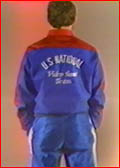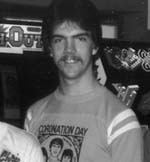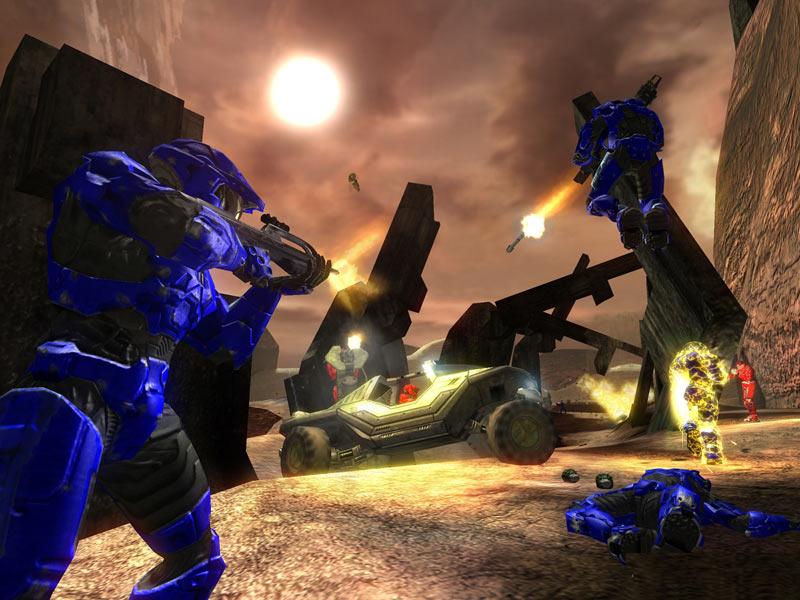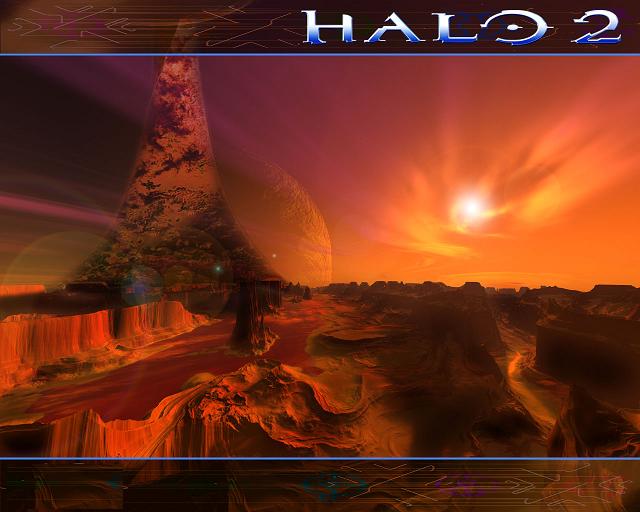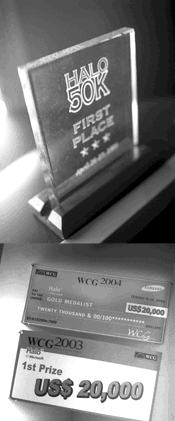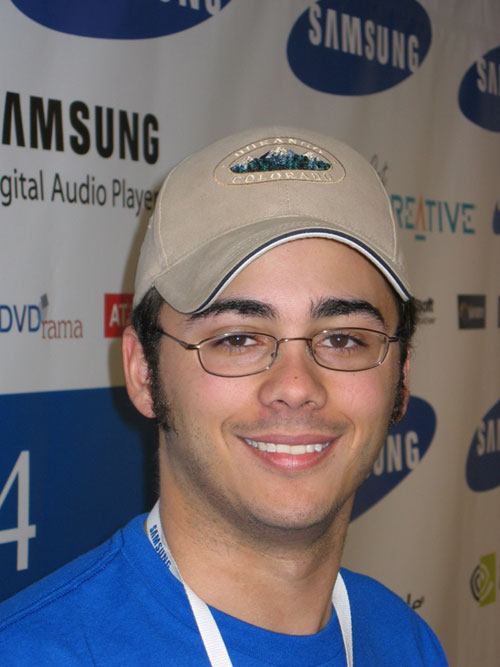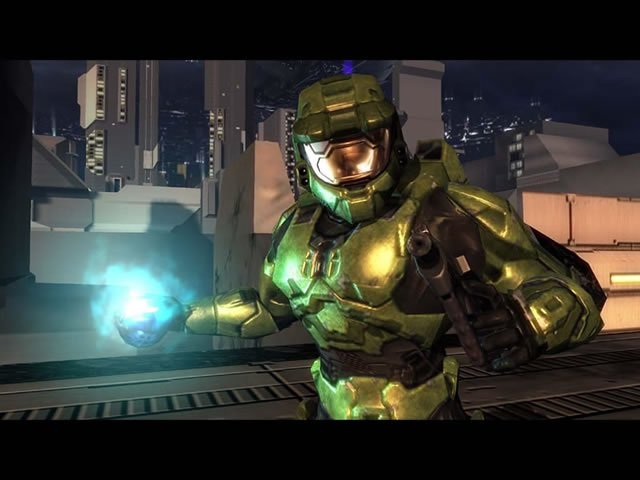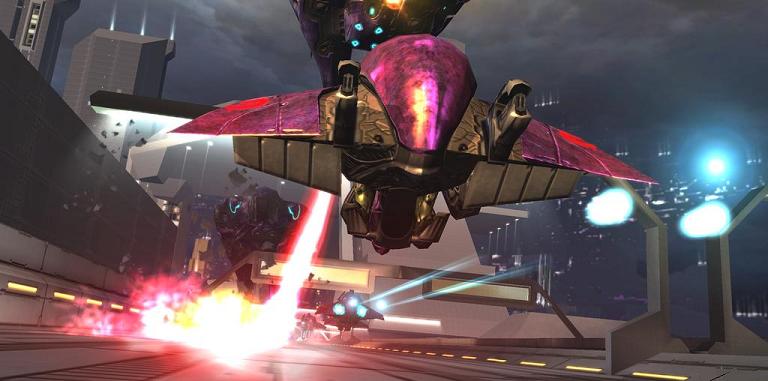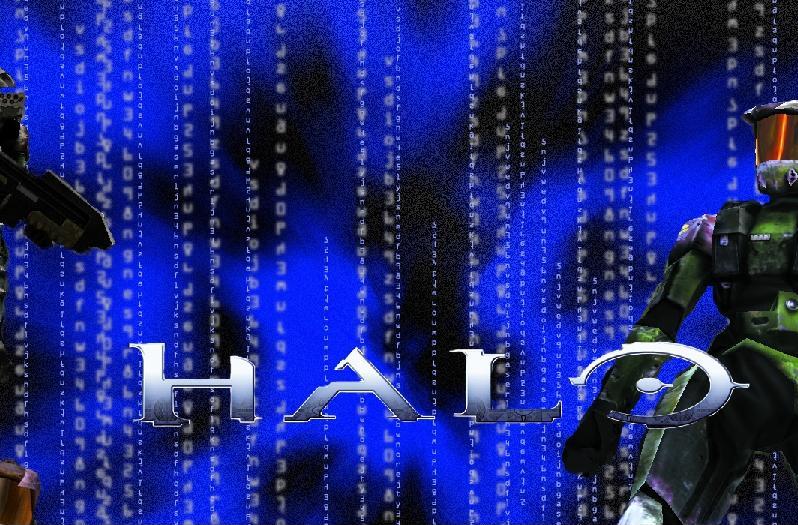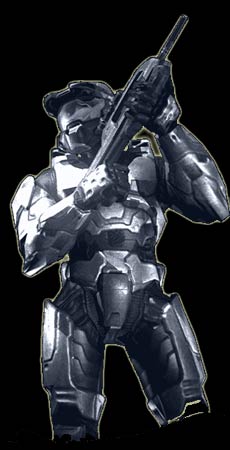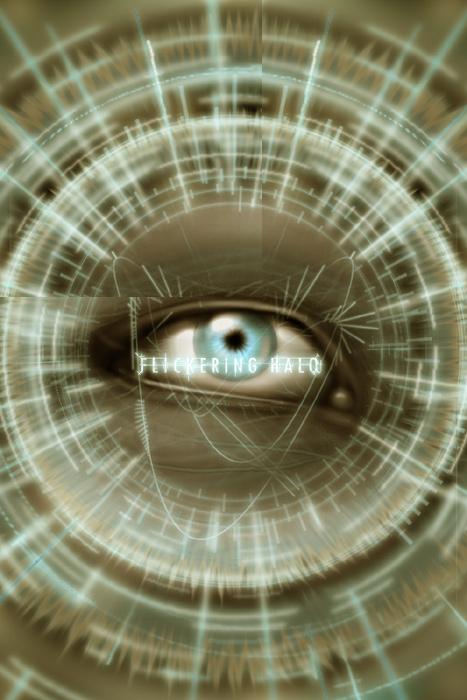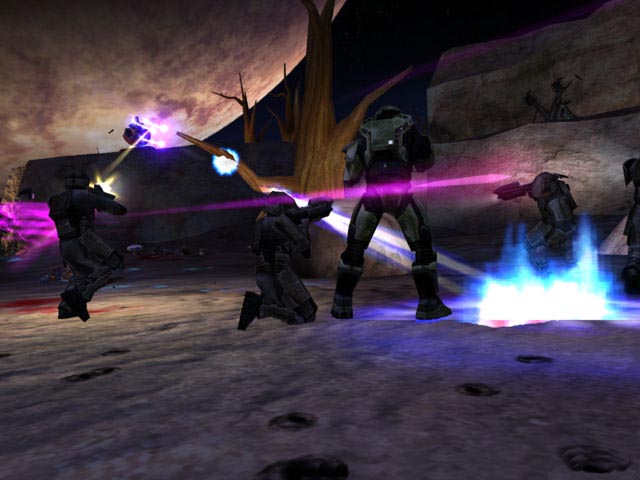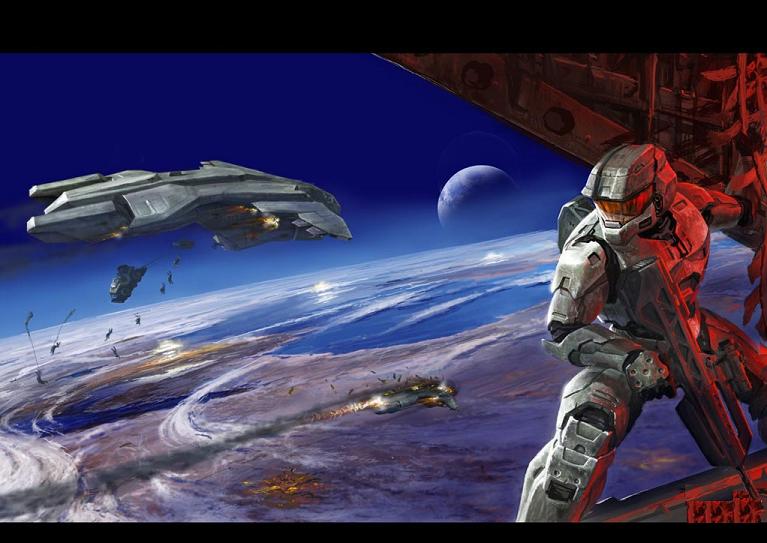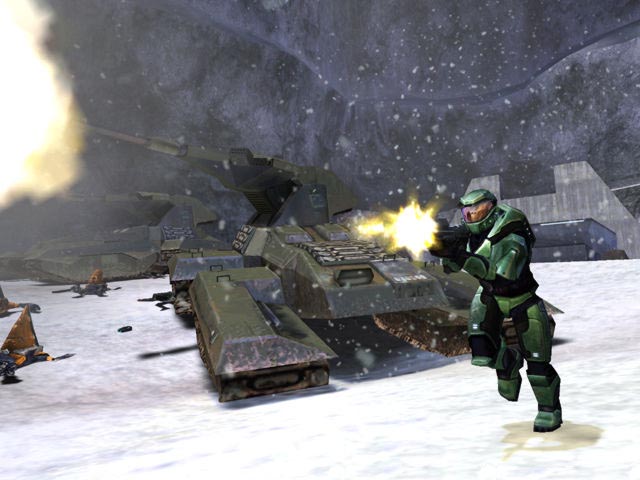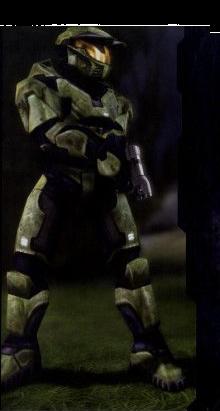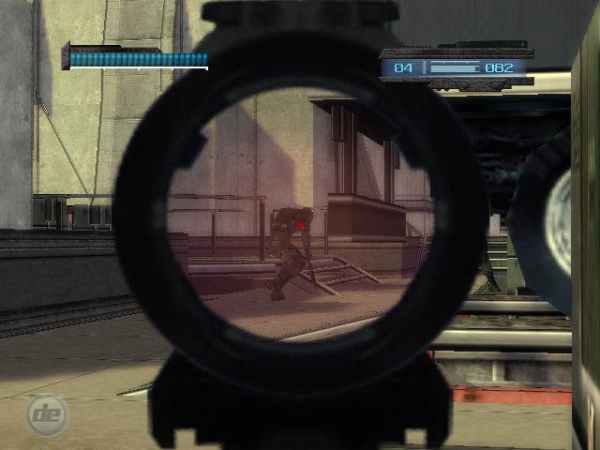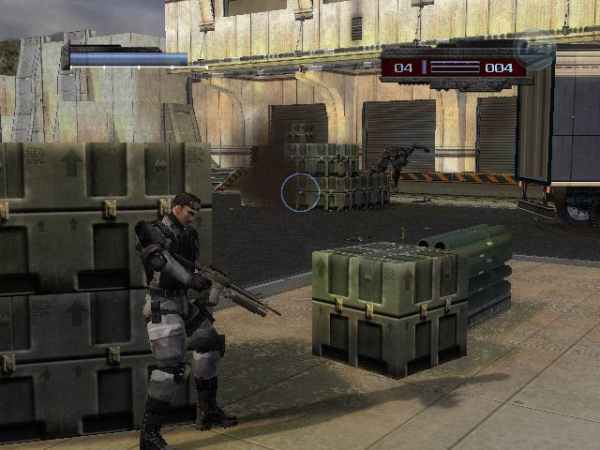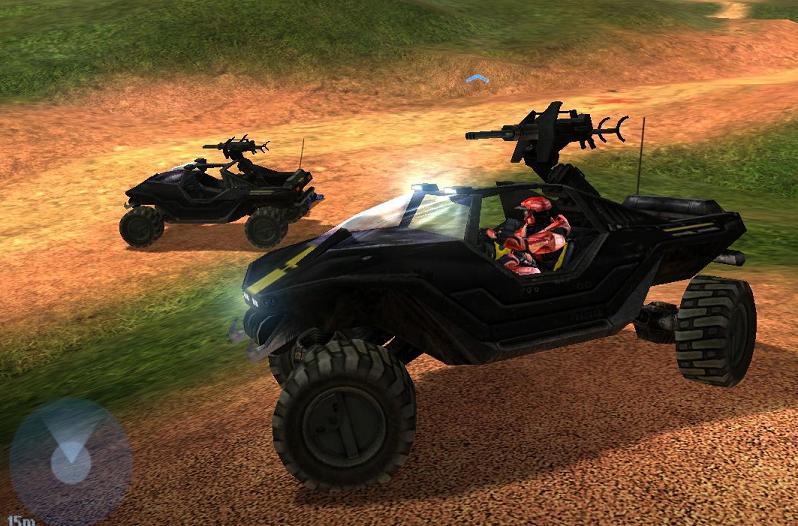
Halo Players Biographies
Matt Leto should be in a six-figure income by year's end
January 17, 2005 The New Video Game Super Stars Biographies Below:
Back to: Walter Day Conversations
Go to: Paul Dean Biography
Back to Golden Era Index
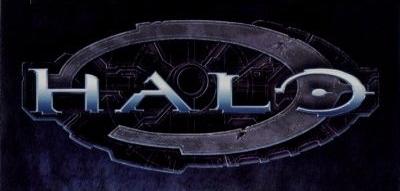
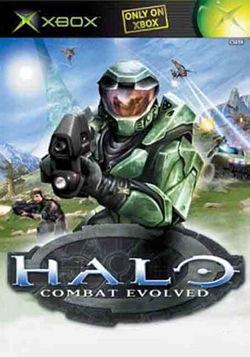
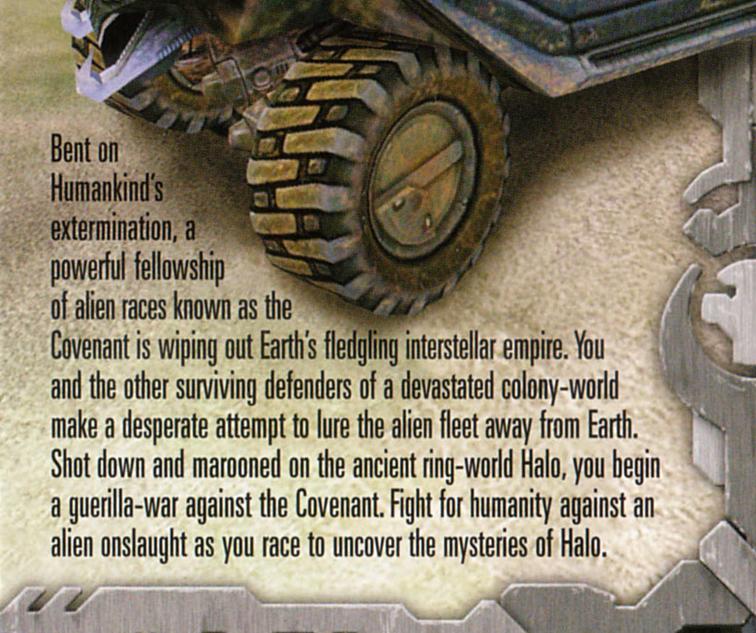
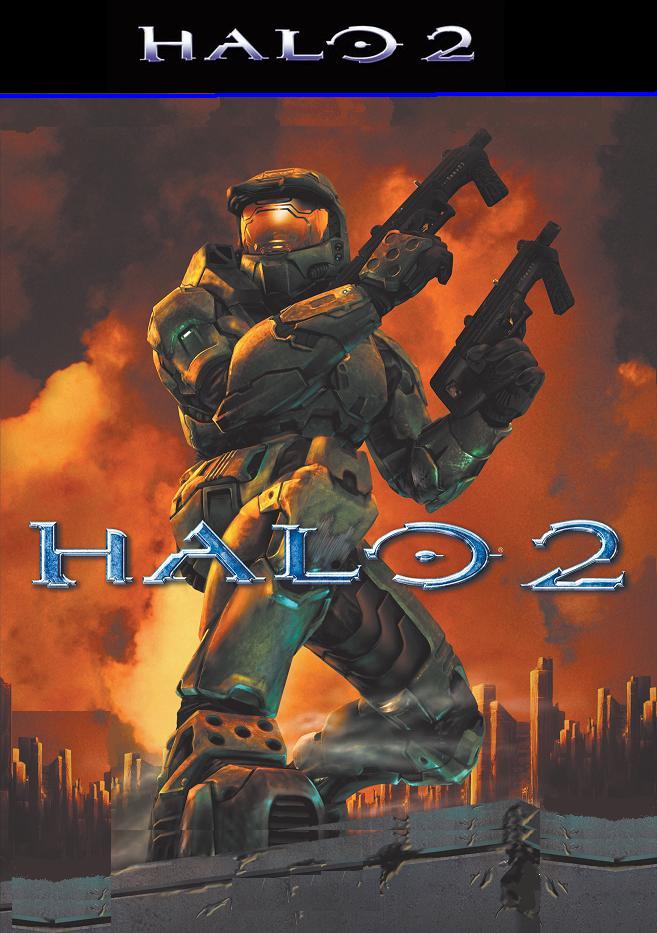
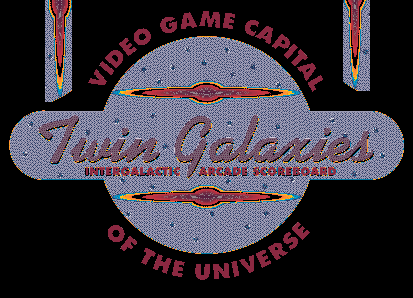
Video Game Players are making big money!
What is this phenomenon going to be all about?"
World Champion, Matt Leto Playing Halo at home.
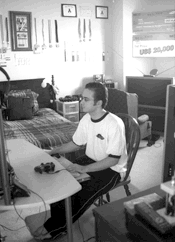
With over 800 records he is deemed the best overall player in the world.
Billy Mitchell is the old school gamer and after 25 years of video game playing it looks like
we have a changing of the guard. Welcome Matt leto, the New Millinium World Champion!
Matt Leto should be in a six-figure income by year's end
January 17, 2005 The New Video Game Super Stars Biographies Below:
Back to: Walter Day Conversations
Go to: Paul Dean Biography
Back to Golden Era Index




[My Biography] [Masters Tournament Article]
[Coin-Op World Records]

Video Game Players are making big money!
What is this phenomenon going to be all about?"
World Champion, Matt Leto Playing Halo at home.

With over 800 records he is deemed the best overall player in the world.
Billy Mitchell is the old school gamer and after 25 years of video game playing it looks like
we have a changing of the guard. Welcome Matt leto, the New Millinium World Champion!
